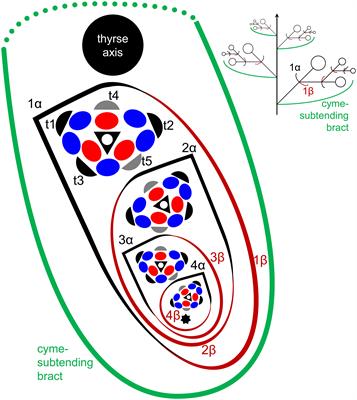EDITORIAL
Published on 18 Apr 2023
Editorial: Advances in buckwheat research
doi 10.3389/fpls.2023.1190090
- 1,571 views
- 7 citations
4,331
Total downloads
15k
Total views and downloads
EDITORIAL
Published on 18 Apr 2023
ORIGINAL RESEARCH
Published on 12 Jan 2023

ORIGINAL RESEARCH
Published on 11 Nov 2022

ORIGINAL RESEARCH
Published on 12 Oct 2022

ORIGINAL RESEARCH
Published on 17 Jun 2022
